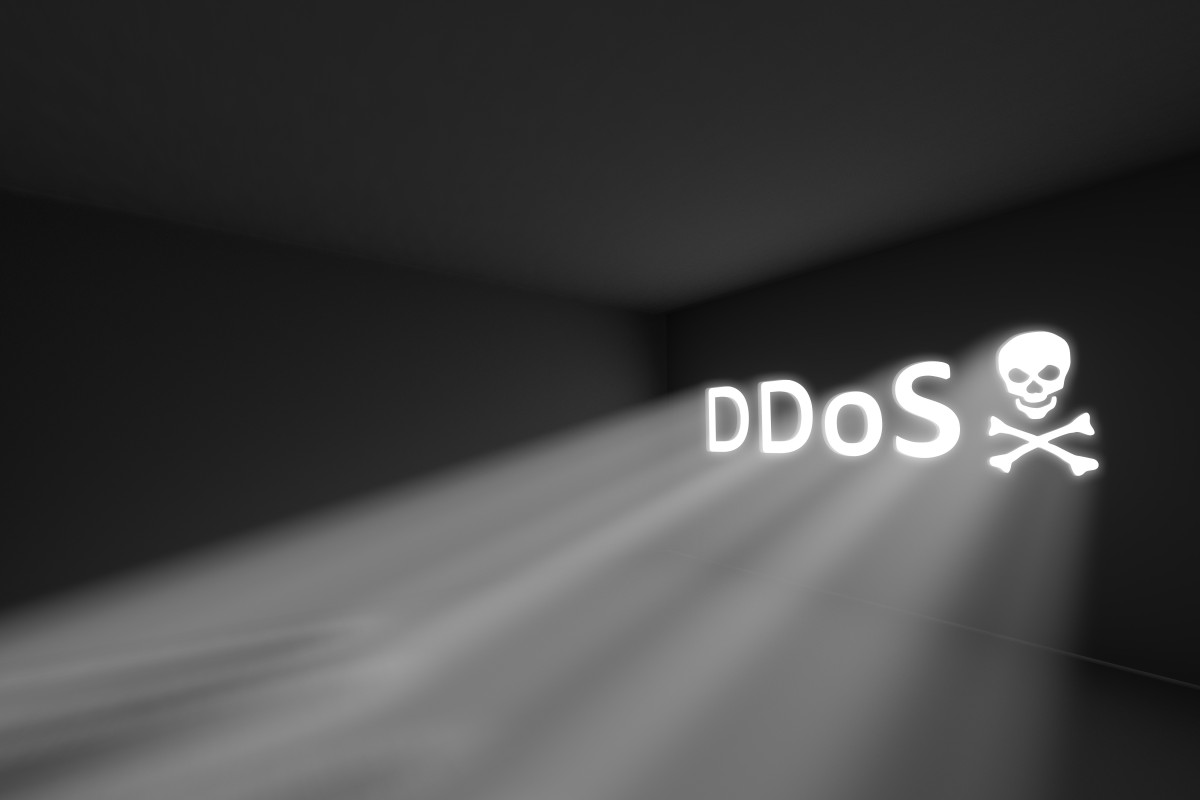The study identified that just under half (42%) of respondents automate or plan to automate patch management and, similarly, just 42% monitor third party software and apply critical patches within 30 days.
The survey also highlighted a strong correlation between outages and data breaches. Just under two thirds (61%) of respondents who had a security breach last year also had two to four outages, a 15% increase from 2018. Overall, improving security is the top IT priority for more than half (57%) of SMBs, up from 54% in 2018 and 40% in 2017.
“In a world where cyber-attacks are becoming increasingly sophisticated and high-profile breaches more prevalent, it is no surprise that SMBs and the mid-market have a strong focus on security issues,” said Mike Puglia, chief strategy officer, Kaseya. “However, our survey shows that there is still a lot for them to do. The lack of automated patching in place is a serious concern as is the prevalence of breaches and their correlation with the outages that organisations suffer.”
The survey did find, however, that nearly 90% of respondents backup their servers. Backup to the cloud in combination with the other media is among the top five business continuity and disaster recovery (BCDR) strategies, adopted by 33% of the respondents. Concerningly, however, only 29% of respondents back up their SaaS application data, showing no improvement from 2018.
“The adoption of modern information technology solutions has the ability to transform the structure and daily operations of today’s IT teams, allowing companies to offer a greater variety of solutions and higher levels of service to their customers” added Puglia.
“As these technologies mature into the 2020s, the playing field will continue to level as midsize businesses and smaller IT organisations leverage more powerful tools to compete with their large enterprise counterparts.” Puglia concluded: “With these new tools, IT teams can meet the challenges of ever-increasing customer expectations and security threats that demand constant innovation and operational improvements from frequently overworked staff.”





